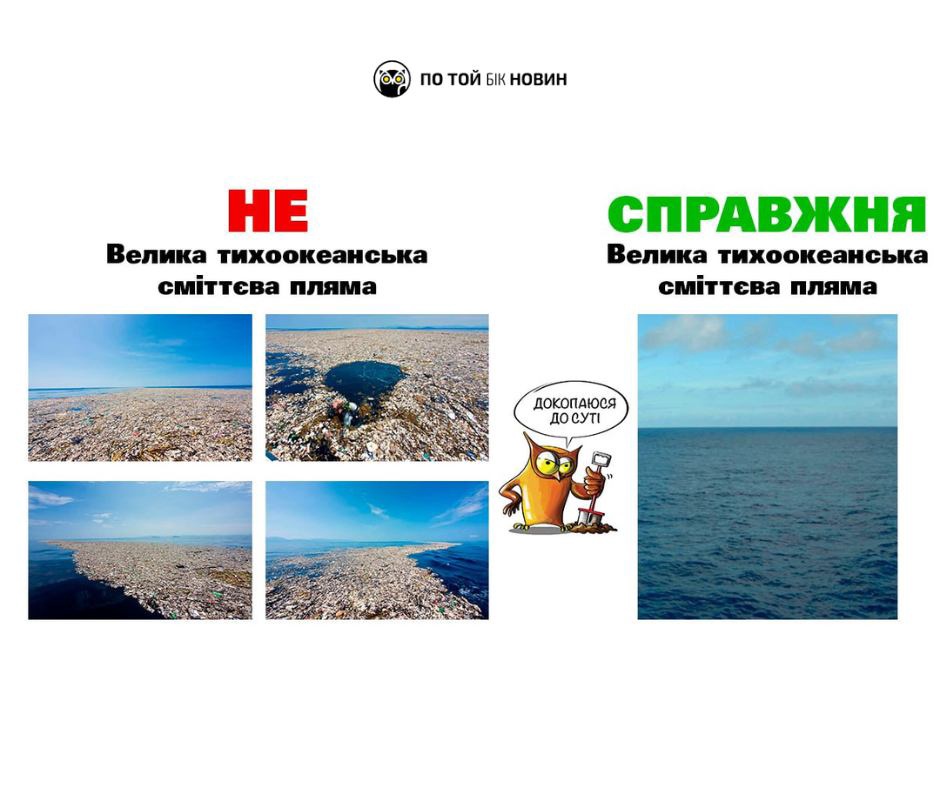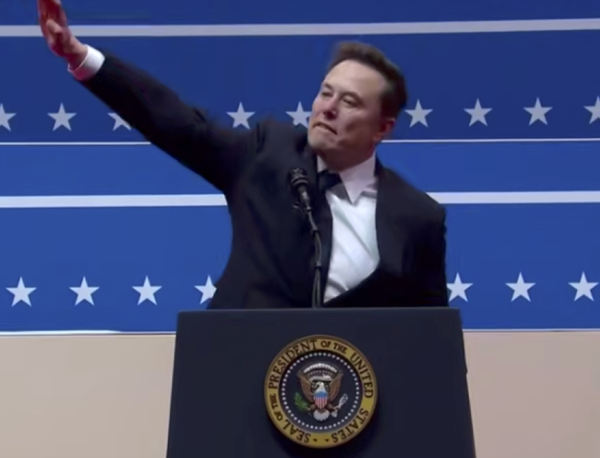The Great Pacific Garbage Patch

If you could venture by boat to the North East Pacific Ocean in hopes of laying eyes on the floating island called the Great Pacific Garbage Patch (GPGP), you’d be very disappointed. It’s impossible to see any kind of floating island of rubbish or any large piles of garbage from a ship in this part of the ocean.
Although the “patch” has become a symbol of plastic consumption and disposal in our oceans, unfortunately, the public’s perception of the GPGP is somewhat distorted.
Not only that, but also the very term “patch” itself is misleading, conjuring false images. In addition, the mainstream media often pair their articles on the GPGP with unrelated images. Take a look at the examples of commonly used photos on the left side of our illustration.
The so-called “Great Pacific Garbage Patch” is situated between California and Hawaii, within the North Pacific Current. Due to its natural location, it serves as a convergence zone for marine debris carried by ocean currents and waves.
While the density of human-generated waste in this area surpasses that of other ocean regions, it’s insufficient to form islands or massive accumulations. Contrary to some media reports, the GPGP isn’t visible from space.
Traversing the waters of the GPGP, you may not see even a speck of debris. And yet, the situation may be worse than the notion of a floating island suggests. In fact, continuous accumulation poses a challenge as the low density of plastic floating across the vast expanse complicates efforts to extract anthropogenic waste from the water. Removing such pollution proves to be a difficult task.
At this point, it’s also worth noting the size of the Great Pacific Garbage Patch, often likened by media outlets to the size of Ukraine or Texas.
Such comparisons are misleading, as the “patch” has no clear boundaries and constantly changes its shape due to ocean currents and winds [1]. Sometimes, scientific estimates of its size vary, often based on research models chosen by scientists.
For instance, a 2018 study examined an area of 1.6 million km2, estimating that 45-129,000 tonnes of plastic debris float within this expanse [2]. Yet, figures covering the “borders” of the patch can vary significantly in different studies.
Understanding the composition of the GPGP is equally complex but more comprehensible. Recent research studies in 2022 revealed [3] that a substantial portion, 75-86%, of plastic waste (>5 cm) originates from the fishing industry. Discarded nets, floats, fishing line, ropes, etc. are found in the water. Five industrialized fishing nations, namely Japan (34%), China (32%), Korea (10%), the United States (7%) and Taiwan (6%) are largely responsible for most of the debris.
It’s noteworthy that 70-80% of all plastic in our oceans stems from land-based sources [4], predominantly deposited in coastal areas by rivers. In contrast, waste from the fishing industry floats in the open ocean. Thus, addressing the GPGP’s litter issue necessitates a focus on fishing trawlers and gear rather than consumer plastics like bottles and straws.
Contrary to claims suggesting that there’s no life in the GPGP, the reality is quite different. Besides plastics, thriving amidst the waters is neuston — a collection of organisms including algae and small invertebrates that live near the surface of the water.
Unfortunately, contemporary circumstances have forced neuston and plastic to coexist in the same locations. Some scientists point out that such efforts to remove plastic using modern techniques may destroy neuston populations [5]. Nonetheless, turning a blind eye to the pollution problem isn’t an option.
Oceanic creatures risk getting entangled in drift nets, one of the most harmful forms of plastic waste, or ingest plastic particles mistaken for neuston. Additionally, marine debris can act as “rafts”, transporting marine life to distant locations that they couldn’t reach before. Travelling species can establish themselves in new habitats and disrupt the existing ecosystem.
Captured in 2017 by photographer Caroline Power near the Honduran island of Roatán in the Caribbean Sea [7] [8], these photos prompted Honduran authorities to assert that the debris originated in Guatemala, carried down the Motagua River. However, Guatemalan officials denied responsibility, citing numerous sources of debris from Central America ![]()
Prepared by Dmytro Filipchuk. Sources used:
- https://oceanservice.noaa.gov/facts/garbagepatch.html
- https://www.nature.com/articles/s41598-018-22939-w
- https://www.nature.com/articles/s41598-022-16529-0
- https://www.science.org/doi/10.1126/sciadv.aaz5803
- https://www.theatlantic.com/.../ocean-cleanup.../580693/
- https://marinedebris.noaa.gov/.../non-native-species...
- https://www.independent.co.uk/.../sea-creatures-manmade...
https://www.huffingtonpost.co.uk/.../planet-choking-trash...






